Cleaning & Disinfection, Knowledge Base
Surface Science – Disinfection and Residue Control
Quiz Answers:
What is the most common chemical cleaner used in cleanrooms?
- a) Isopropyl alcohol (IPA) ✅Explanation: IPA is commonly used due to its low water content, rapid evaporation, and ability to clean residues from surfaces.
- b) Chlorine bleach
- c) Hydrogen peroxide
- d) Phenolics
Why is residue control critical in cleanrooms?
- a) Prevents corrosion
- b) Ensures compliance
- c) Avoids product contamination ✅Explanation: Chemical residues can compromise sensitive production environments.
- d) Reduces cost
Which chemistry is safe for most electronics?
- a) Quaternary ammonium
- b) IPA ✅Explanation: IPA evaporates cleanly with low residue.
- c) Phenolics
- d) Chlorine
Which product is best for killing bacteria with minimal corrosive impact?
- a) Hypochlorous acid ✅Explanation: Hypochlorous acid is effective yet material-friendly.
- b) Peracetic acid
- c) Hydrogen peroxide
- d) Sodium hypochlorite
Which is a recommended method for applying disinfectants in cleanrooms?
- a) Aerosol spraying
- b) Dipping rags
- c) Dry wipe + bucket
- d) Presaturated wipes ✅
Explanation: Presaturated wipes ensure consistent coverage and avoid oversaturation.

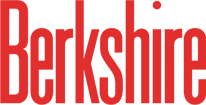


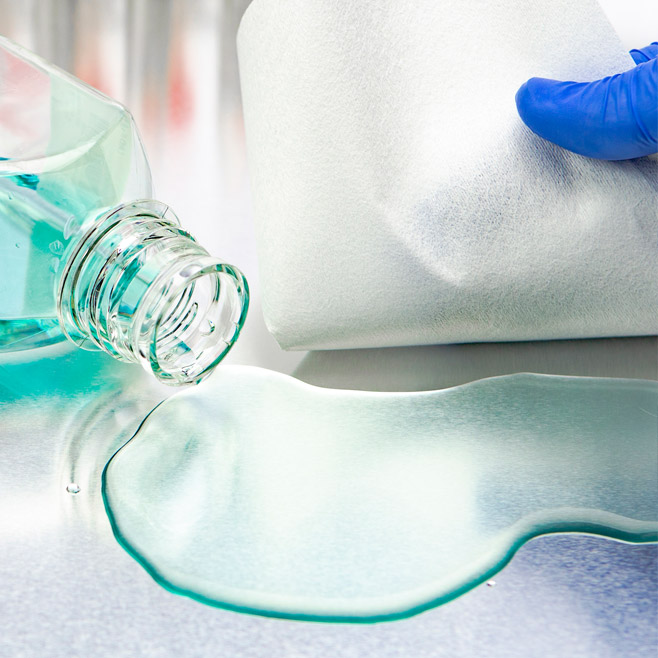
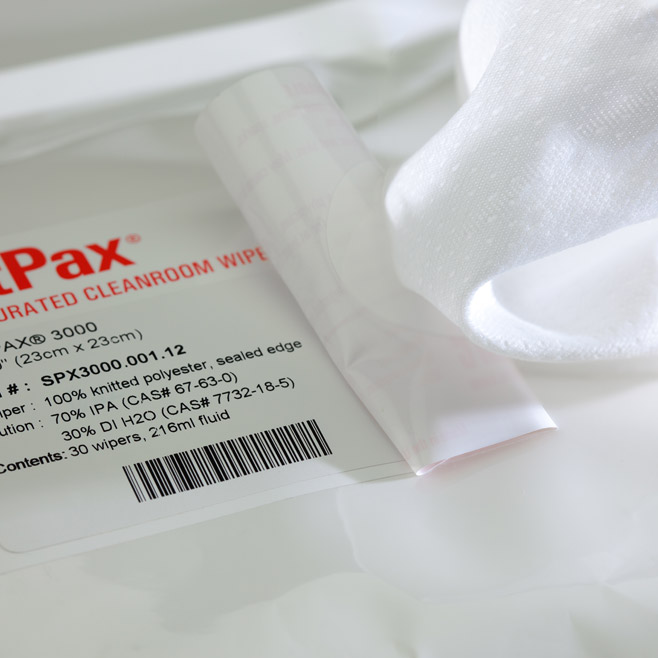
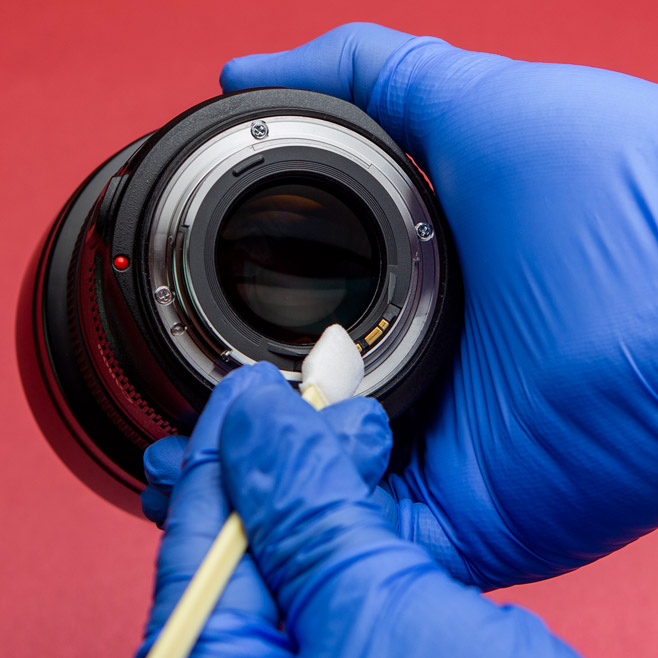
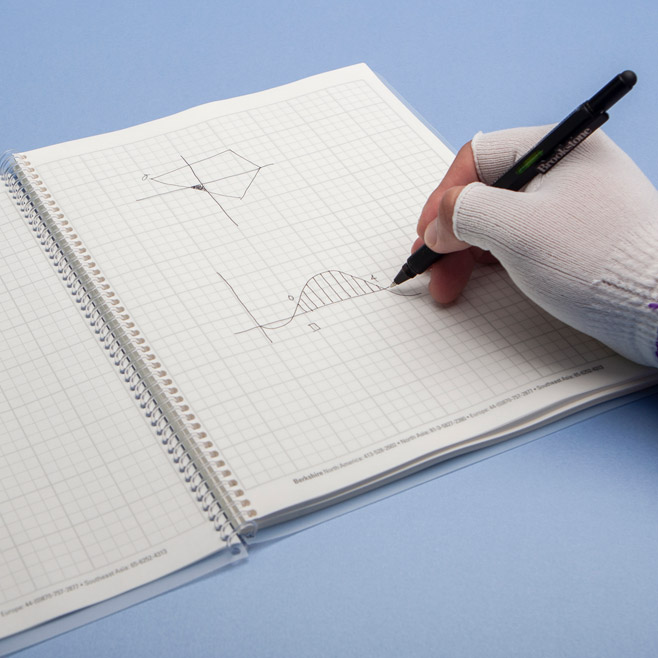
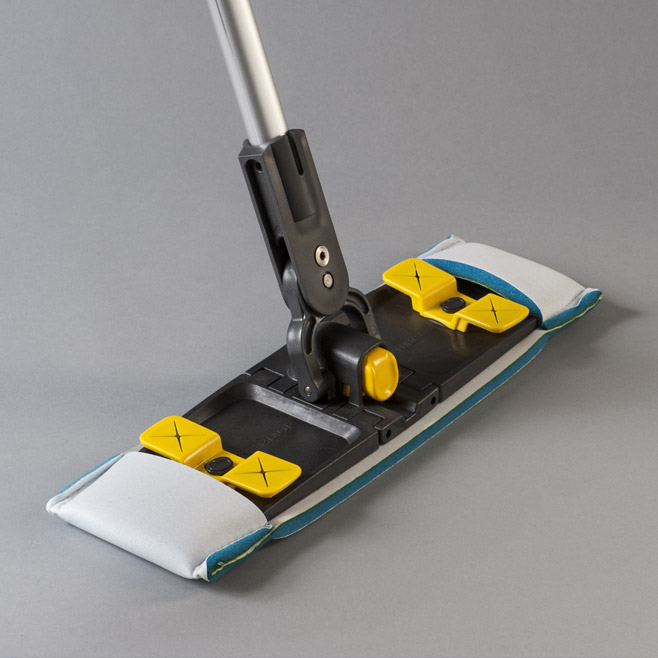
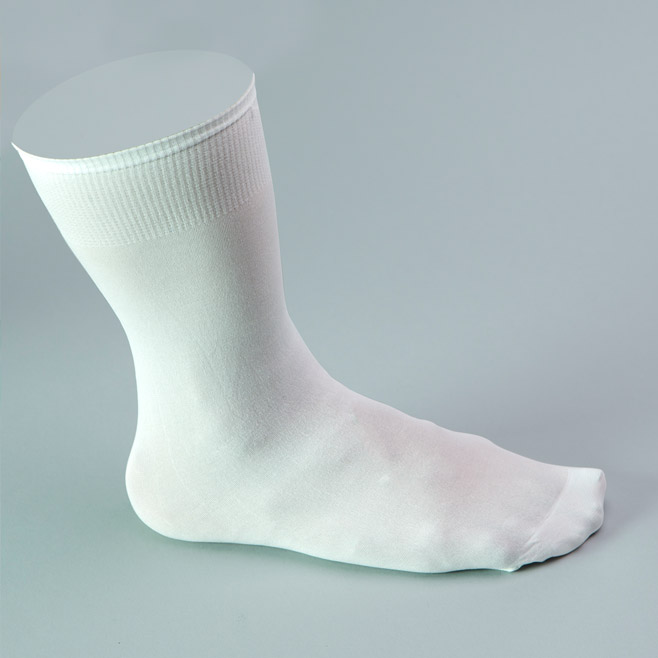
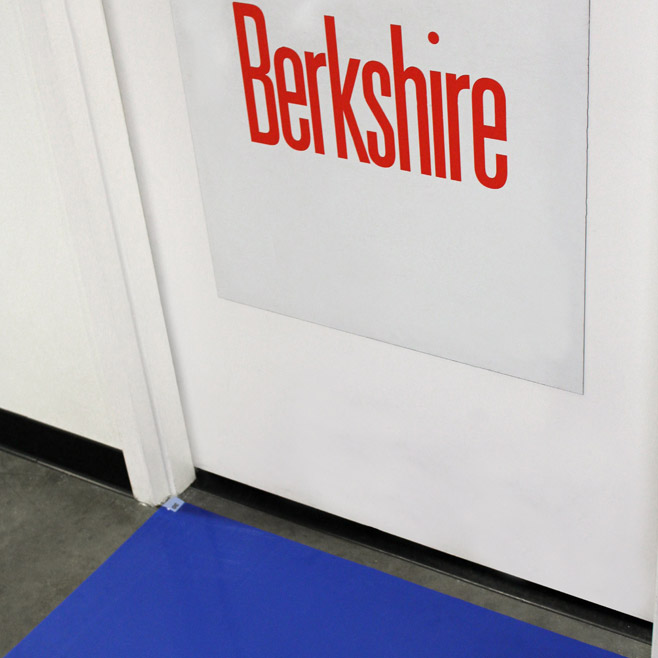
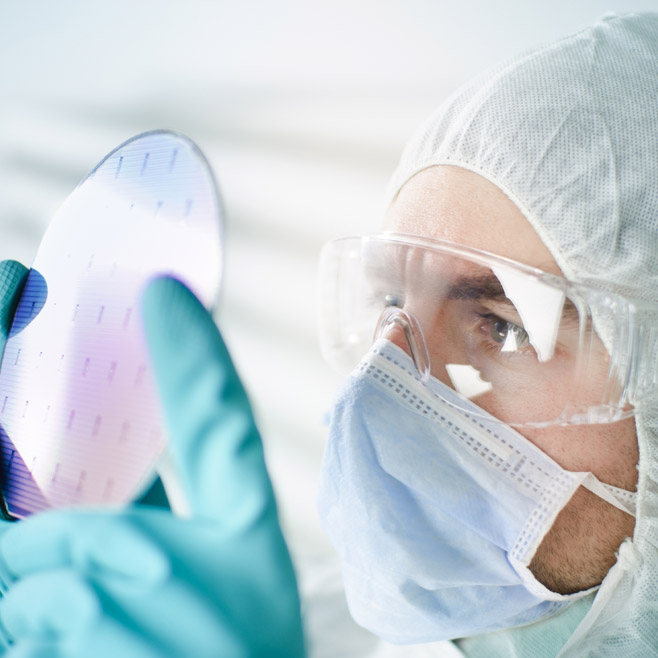
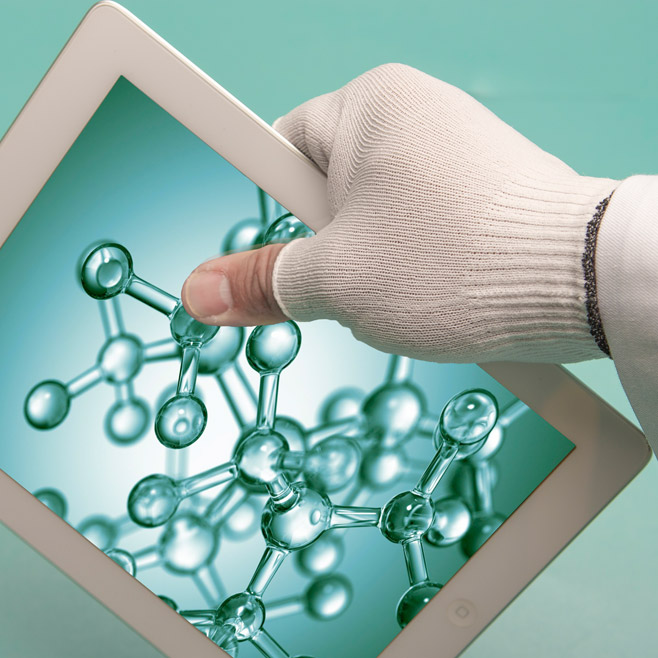
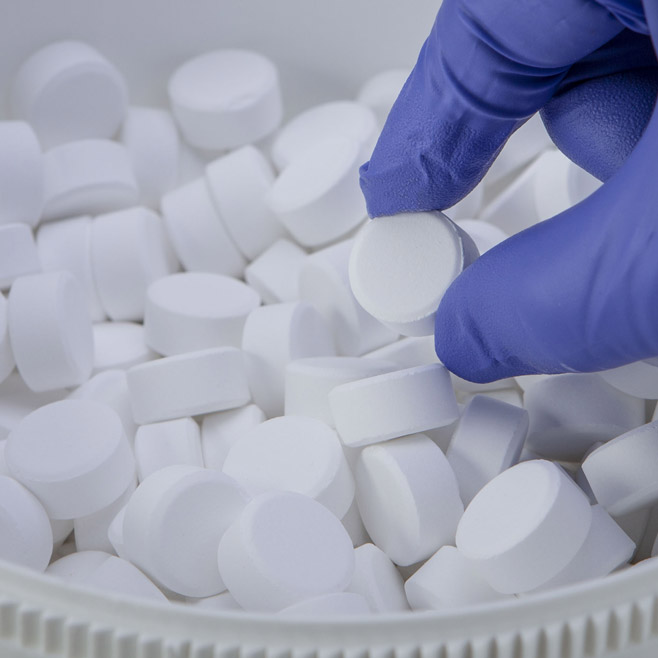
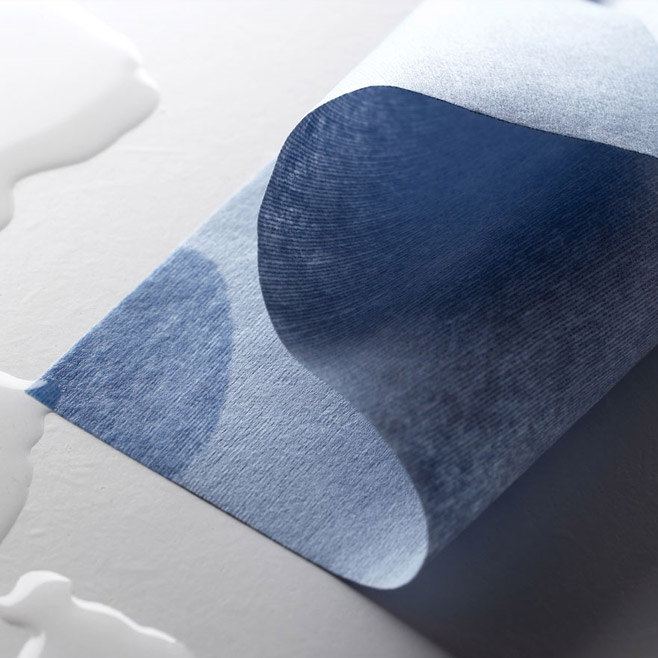
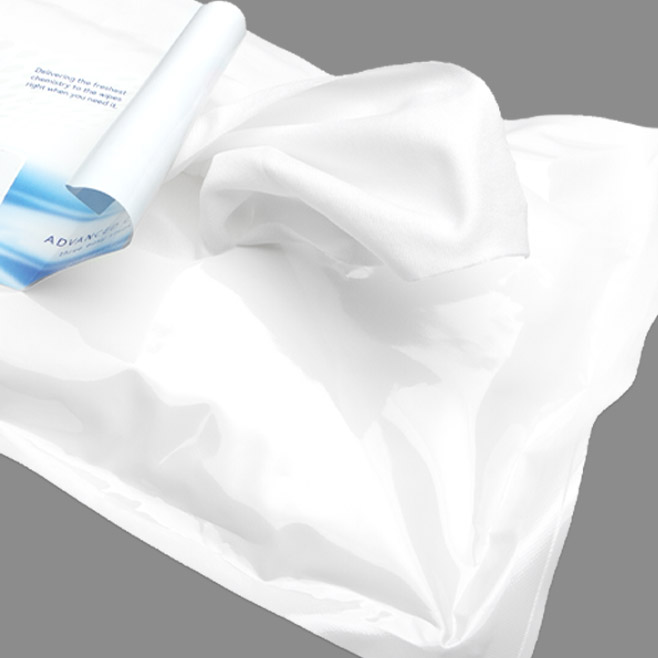
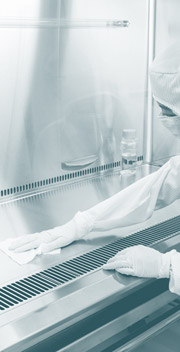

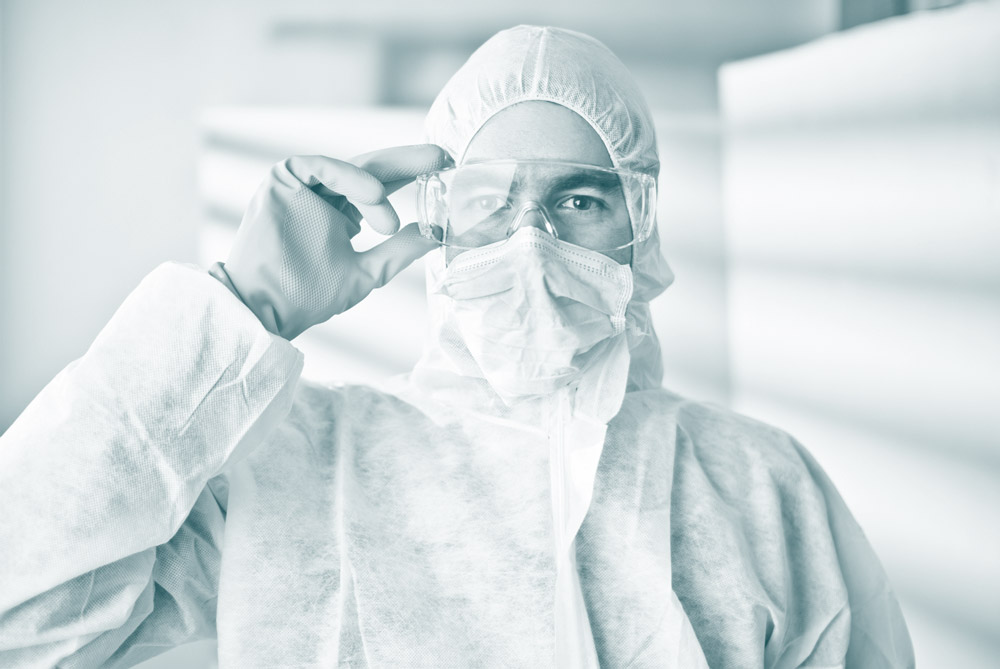
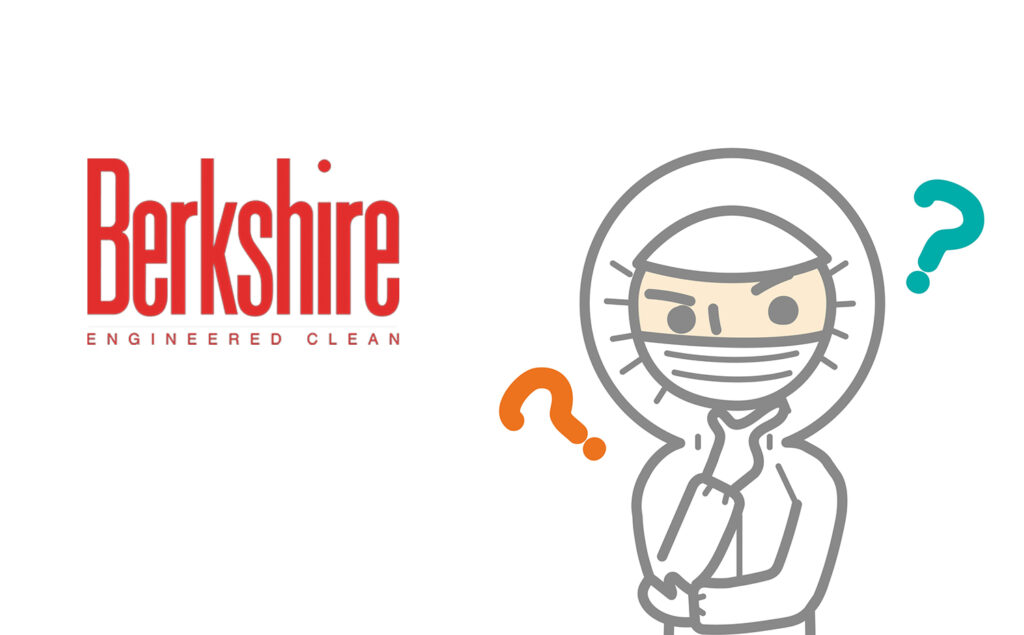

HAVE AN IDEA FOR CONTENT?
We are always looking for ideas and topics to write about.
Contact Us